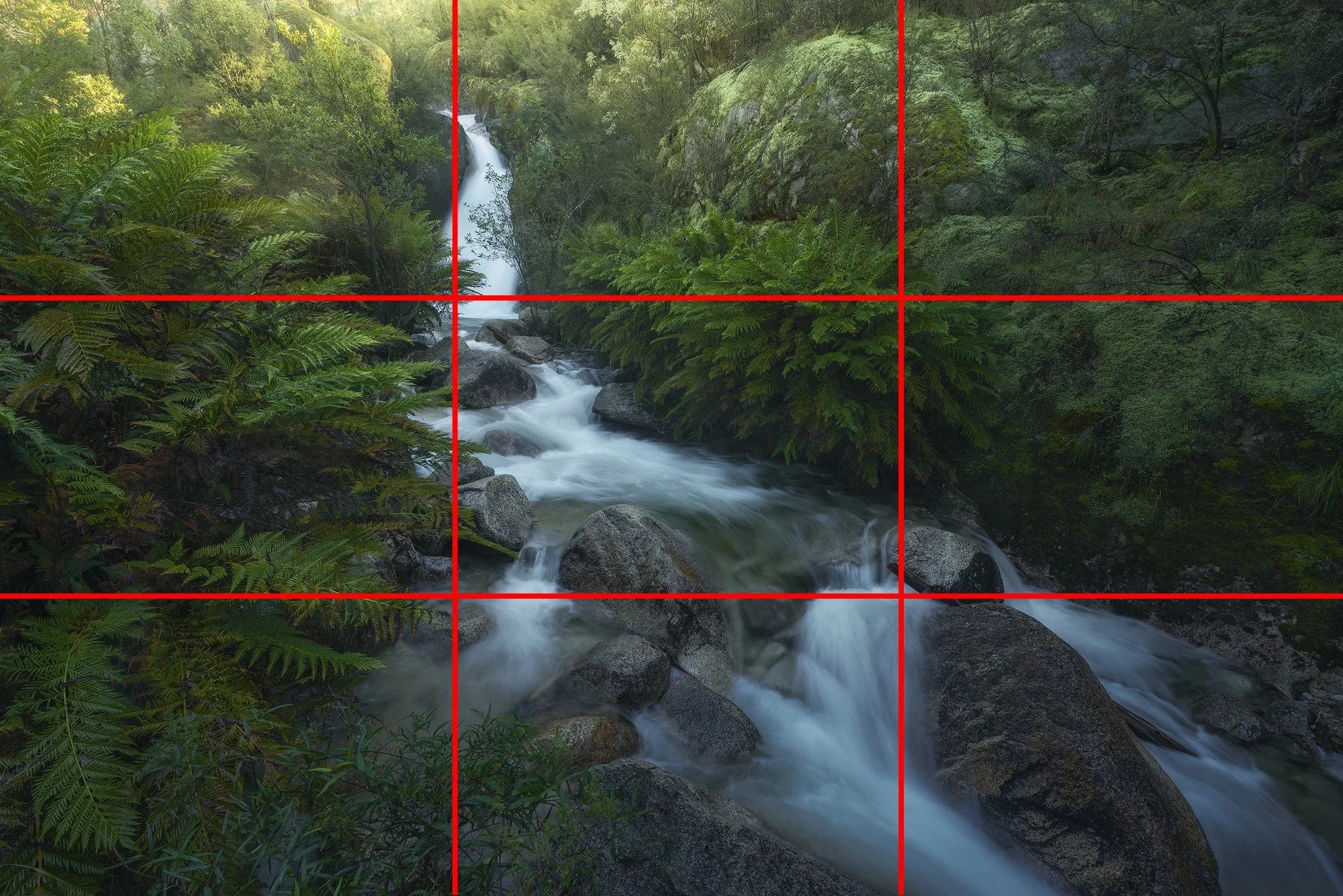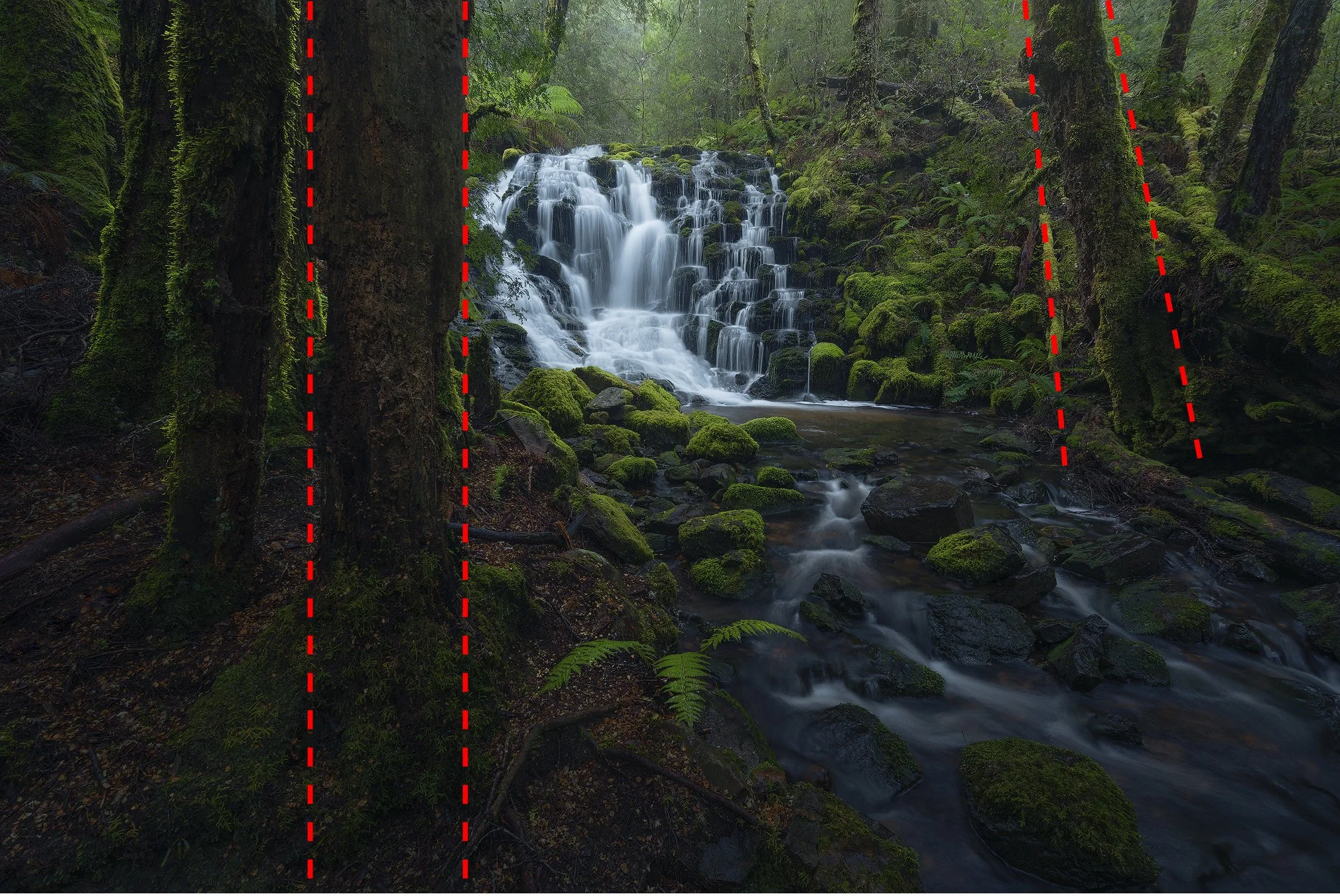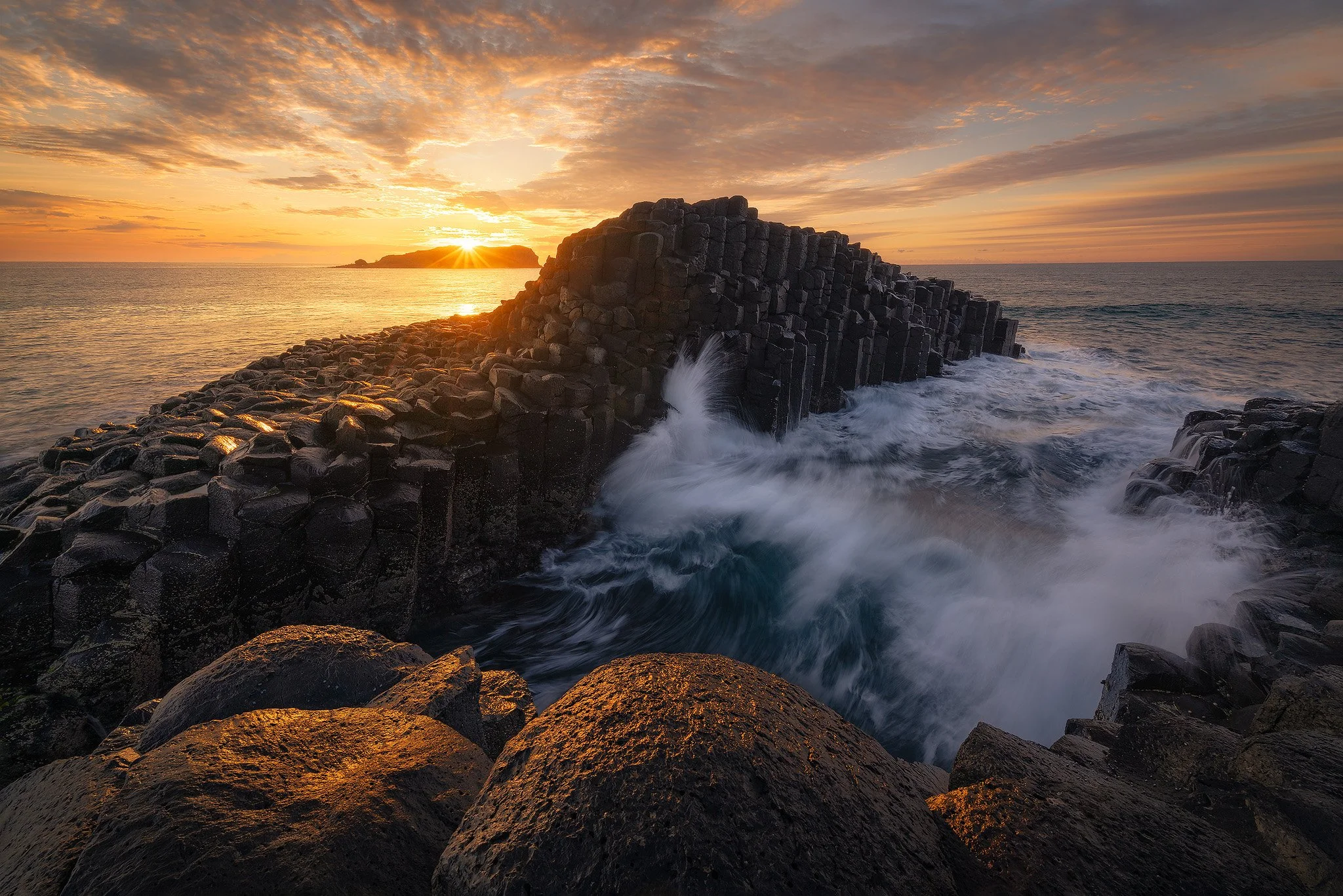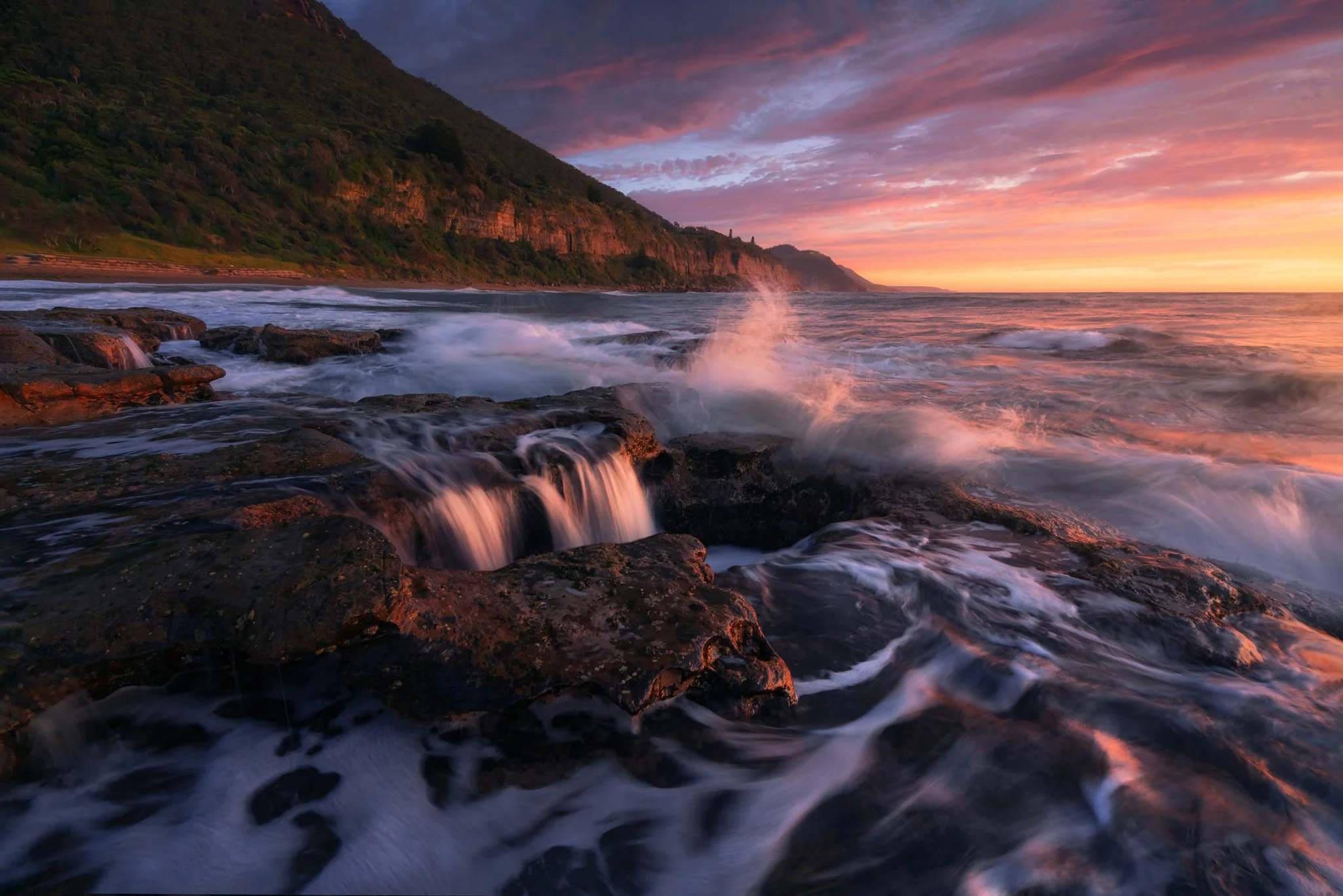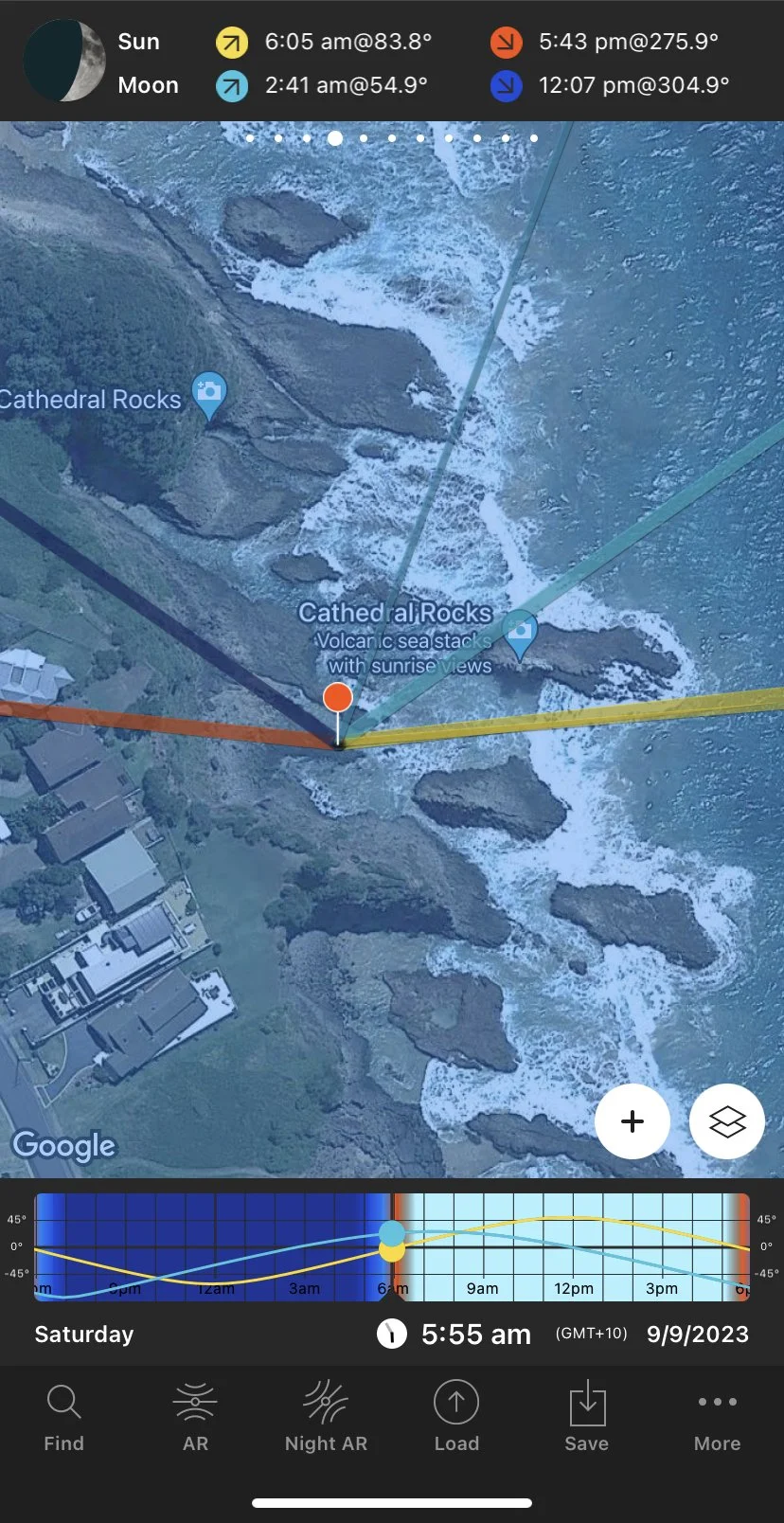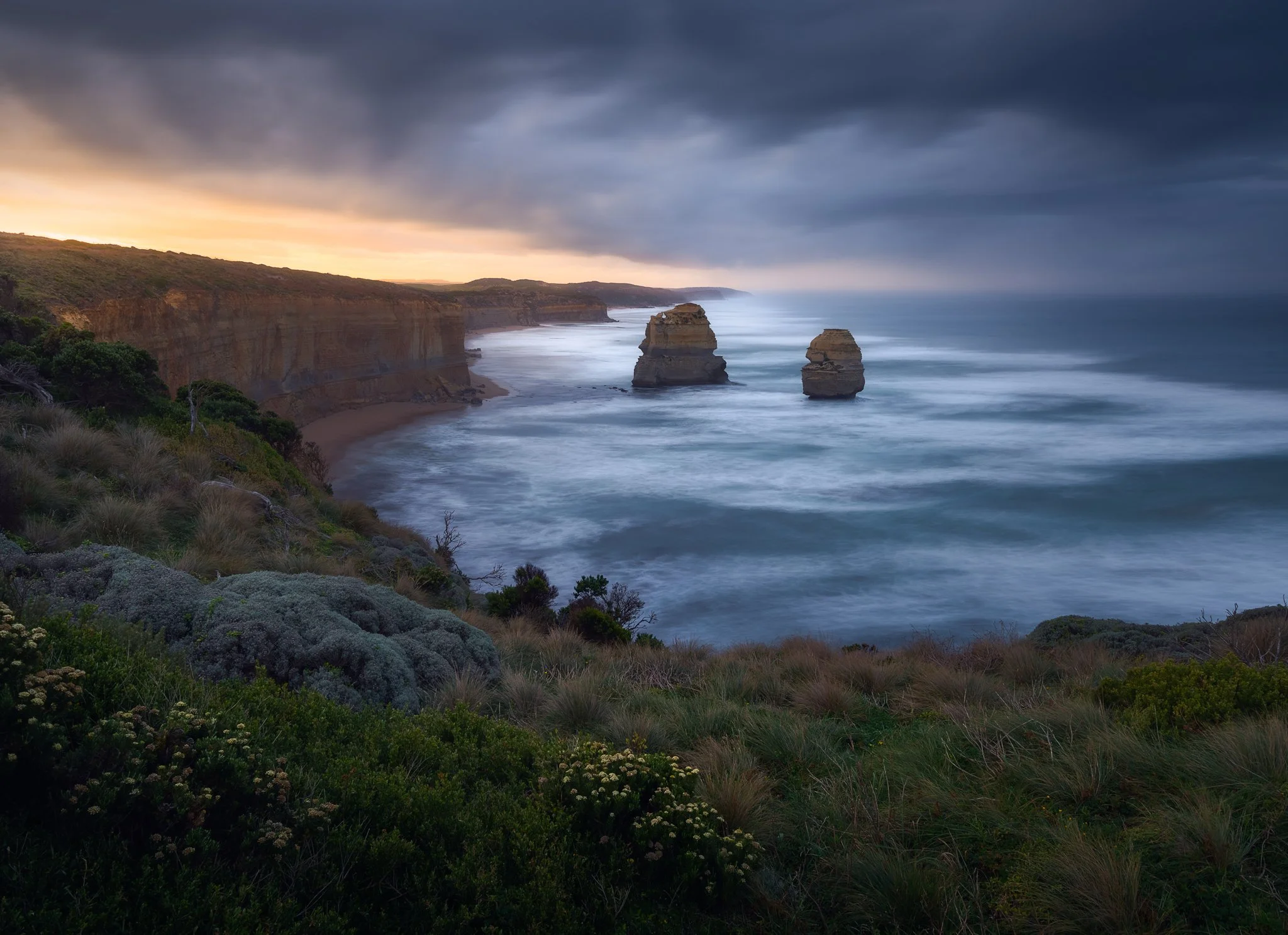The 8 Essential Rules of Composition for Stunning Photography
Composition is the foundation of every great photograph. While creativity and spontaneity play vital roles, following a few tried-and-tested guidelines can significantly improve your shots. Here are the 8 essential composition rules to elevate your photography.
1. Rule of Thirds
The rule of thirds is a classic principle for good reason. Imagine dividing your frame into a 3x3 grid. By placing your subject along the lines or at the intersections, you create balance and visual interest. This technique prevents your subject from feeling too centred, which can sometimes look static. It’s particularly effective for landscapes and portraits, where the eye naturally gravitates to the intersections.
Example of rule of thirds
2. Leading Lines
Lines are everywhere – in roads, rivers, fences, and even shadows. Use them to direct the viewer’s eye to your subject. Whether they’re straight, curved, or zigzagged, leading lines add depth and help tell a story. They also provide a sense of movement, guiding the viewer’s gaze naturally through the scene.
3. Framing
Natural frames like windows, doorways, or tree branches can focus attention on your subject and add a sense of depth. Think of framing as giving your subject its own spotlight within the photo. It also adds a layer of context to your image, showing where your subject fits within the environment.
4. Symmetry and Balance
We are naturally drawn to symmetry. A symmetrical composition feels harmonious and satisfying, while a balanced composition uses unequal elements to create stability. Both approaches can work wonders depending on the mood you want. For instance, symmetrical shots can evoke calm, while balanced asymmetry often feels more dynamic.
5. Foreground, Midground, and Background
To create depth, think in layers. Include elements in the foreground, midground, and background to guide the viewer’s eye through the scene. This is especially effective in landscapes but works across genres. Layering also helps create a three-dimensional effect, making the image feel immersive.
An image to show effective FG, MG and BG components.
6. Negative Space
Sometimes, less is more. Negative space refers to the empty areas around your subject. By simplifying your composition, you give your subject room to breathe and become the clear focal point. Negative space is particularly useful in minimalist photography or when you want to highlight small subjects in vast surroundings.
7. Point of View (Perspective)
How you angle your camera can dramatically change the feel of your shot. Experiment with shooting from high above, low to the ground, or from unexpected side angles to add drama and uniqueness. Changing perspective can also help you see ordinary subjects in a fresh, creative way.
Tripod sitting low to get close to the water to exaggerate the size of the FG pool
8. Simplicity
Cluttered compositions confuse the viewer. Focus on keeping the frame clean and free of distractions to ensure your subject shines. A simple background can make a world of difference. When in doubt, remove unnecessary elements that detract from your main focus.
Final Thoughts
Mastering these rules can help you create impactful photographs that stand out. Remember, these are guidelines, not hard-and-fast rules. Once you understand them, you’ll know when breaking them can make your photos even better.
What are your go-to composition tips? Share them in the comments below!

